2013 SMART Halifax
June 20, 2013
SMART Remediation talks have focused on innovative technologies for remediating contaminated sites, approaches for site characterization, project case studies, regulatory and industry perspectives, and other related topics.

The 10th SMART Remediation conference was held in Halifax on Thursday, June 20th, 2013. Details on the speakers and presentations are provided below.
Speakers
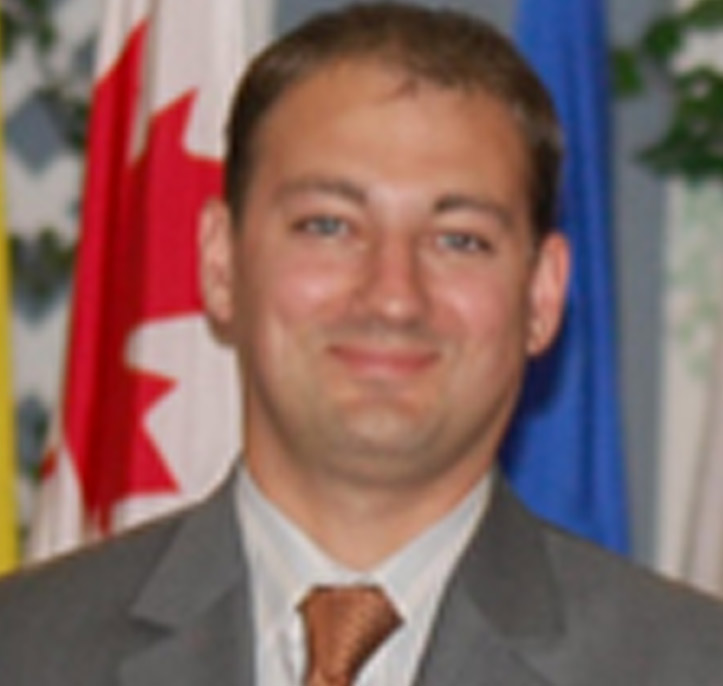
Craig Wells,
Department of National Defence (DND)
Craig Wells
Mr. Wells has been managing the Goose Bay Remediation project on behalf of the Department of National Defence since 2005, during which time he has managed other contaminated site projects across Canada. Prior to his current position, he worked on various Federal programs related to water resources, air quality, and environmental management. As well, Mr. Wells worked on a multitude of environmental projects in the private sector prior to joining the Public Service. He graduated in 1999 from the University of Ottawa with a Bachelor of Applied Science in Civil and Environmental Engineering.
Buying Best Value – Procuring Remediation Work
The Goose Bay Remediation Project is a long-term multi-million dollar contaminated site remediation project managed by the Department of National Defence, and funded by the Federal Contaminated Sites Action Plan program. The goal of the project is to remediate or risk-manage contamination at 5 Wing Goose Bay resulting from decades of site operation in a way that does not pose a long-term risk to human health or the environment. Due to the nature, extent, and variety of contamination – such as hydrocarbons, heavy metals, pesticides, PCBs, and PAHs – we will be using a wide variety of different remedial techniques, all of which have specific requirements and unique challenges. Other than project and contract management, and technical oversight, 100% of the activities required to deliver the project require procured services. To meet the schedule and budget constraints of the project, procurement planning for project activities is an essential requirement, and much effort has been dedicated to improving how we tender and manage contracts within a relatively small project team. Planning procurements that are fair, transparent, and good value to the Government of Canada while also being viable, interesting, and attractive to industry is a significant challenge for the project team. It is also not easy to encourage innovation and flexibility in a framework that must follow a common set of standards in order to be fairly evaluated. Specifically, performance-based contracting is a unique challenge in the public sector. It requires a good understanding of the risks that exist for both parties, and finding ways to balance those risks to a tolerable level. This presentation will identify some of the constraints that are unique to procurement in the public sector, and how we use lessons learned, communications with industry, flexibility in our planning, and a balanced approach to risk to generate contracts that meet the project goals while being viable for private industry.
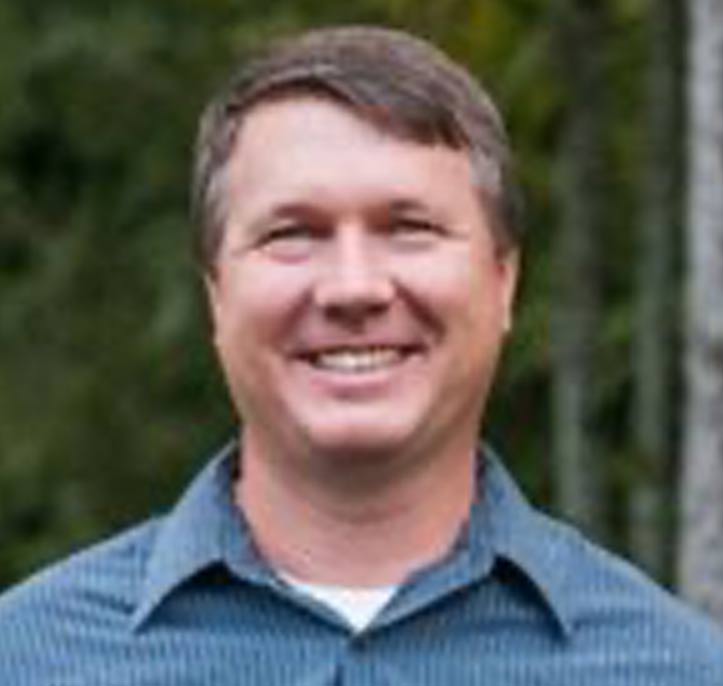
Joe Ricker,
EarthCon Consultants, Inc.
Innovative Plume Stability Analysis & Remediation System Benefit Analysis (RSBA)
- Bio |
Joe Ricker
For more than 24 years, Mr. Ricker has helped clients optimize a wide range of remediation solutions associated with past and present environmental liabilities under various regulatory programs in more than 30 states, as well as multiple remediation sites in Canada and Brazil. He brings a unique perspective to complex interdisciplinary projects and has managed remedial investigation and design projects involving a wide range of chemicals including petroleum hydrocarbons, pesticides, herbicides, wood-treating chemicals, solvents, and PCBs in soils, sediment, groundwater and air. Mr. Ricker is a licensed Professional Engineer in 24 states. He received a B.S. in Civil Engineering from Rose-Hulman Institute of Technology and a M.S. in Civil Engineering from the University of Memphis.
Innovative Plume Stability Analysis & Remediation System Benefit Analysis (RSBA)

Leonard Chan,
CCC Chemicals
In-Situ Treatment of Home Heating Oil Spills
- Bio |
Leonard Chan
Leonard Chan manages the environmental remediation division at CCC Chemicals, a wholly Canadian-owned chemical distribution company based in Mississauga, Ontario. He formerly worked for Regenesis, a remediation products supplier, as a business development manager for Eastern Canada. He previously held positions as an environmental consultant with local consulting firms, where we worked on various remediation projects including the design and implementation of biosparging, bioremediation, and soil vapour extraction systems. He obtained his B.Sc and M.Sc from Queen’s University in Kingston, Ontario. His M.Sc thesis was a joint project with the National Research council and the work was carried out at the Biotechnology Research Institute in Montreal.
In-Situ Treatment of Home Heating Oil Spills
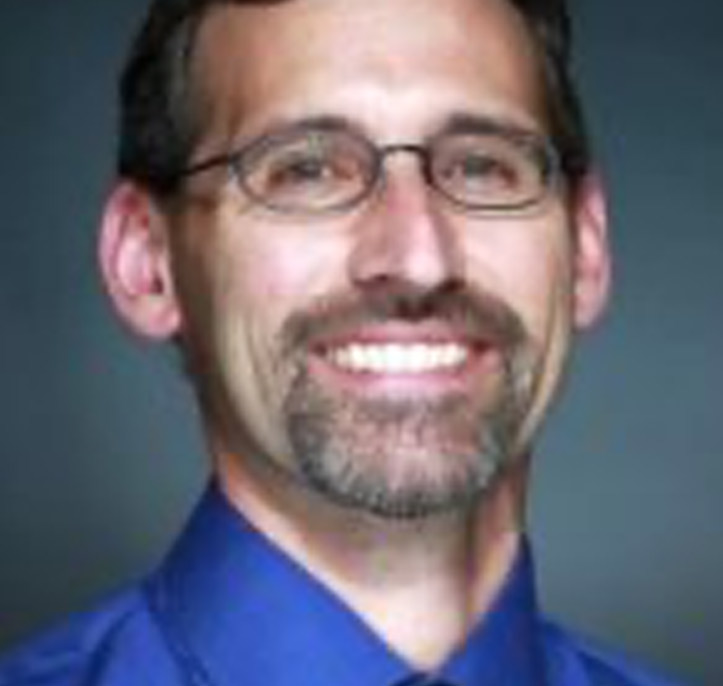
Bruce Tunnicliffe,
Vertex Environmental Inc.
Bruce Tunnicliffe
Mr. Tunnicliffe is President of Vertex Environmental Inc., and is an Environmental Engineer with years of experience designing and implementing remediation of chlorinated solvents and petroleum hydrocarbons. Having worked on many hundreds of in-situ projects, Mr. Tunnicliffe has extensive experience on innovated assessment tools and in-situ remediation techniques. Mr. Tunnicliffe holds a Master’s degree from the University of Waterloo, has authored many publications, and has presented at numerous conferences.
Optimization of Oxidant Delivery for In-Situ Remediation
Use of In-Situ Chemical Oxidation (ISCO) for subsurface remediation of soil and groundwater has increased dramatically over the past 10 years. ISCO techniques are becoming increasingly recognized and recommended by environmental firms. The reaction chemistry is relatively well understood for common contaminants of concern. However, application of ISCO can be problematic, as there can be improper delivery of the remedial amendment into subsurface resulting in incomplete contact with the contamination. The purpose of this talk is to explore various methods to ensure better contact between the remedial amendment and the subsurface contamination. Two amendment delivery methods will be compared and contrasted, specifically injection into wells and injection using temporary points. Examples of when these delivery methods should be used will be presented. The results of a laboratory experiment will be presented visually showcasing how delivery of a solution occurs in the subsurface in a sand aquifer with clay aquitards.
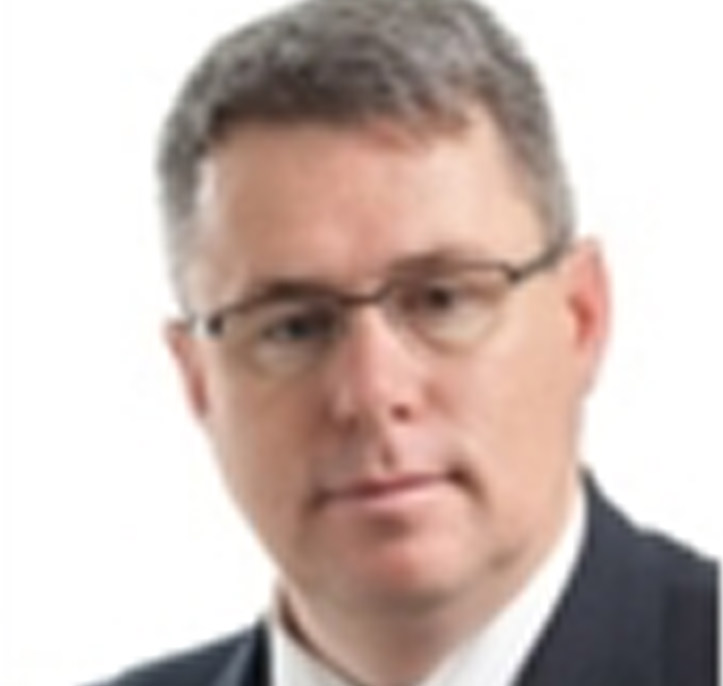
Scott Lewis,
Cobalt Properties
Brownfield Development and Remediation Technology Selection – An Industry Perspective
Scott Lewis
Cobalt is a Real Estate Investment and Advisory Services company that specialize in developments, sales, leasing and property management. It also has a dedicated team that focuses on Environmental Program Management services for its customers. Cobalt acquires, owns and manages a geographically diversified real estate portfolio with over 400 current retail holdings. Our major holdings consist primarily of commercial retail outlets throughout Atlantic Canada, Quebec, and New England.
Brownfield Development and Remediation Technology Selection – An Industry Perspective
This presentation will discuss how Cobalt’s Environmental Management Program incorporates the assessment and management of environmental risk while providing fiscally responsibility from a developer’s perspective. It will also cover Cobalt’s redevelopment of properties owned and under management to a ‘higher and better use’ and the importance of exploring, validating and deploying new technologies and leveraging scientific techniques to further the redevelopment of brownfield sites for all stakeholders.
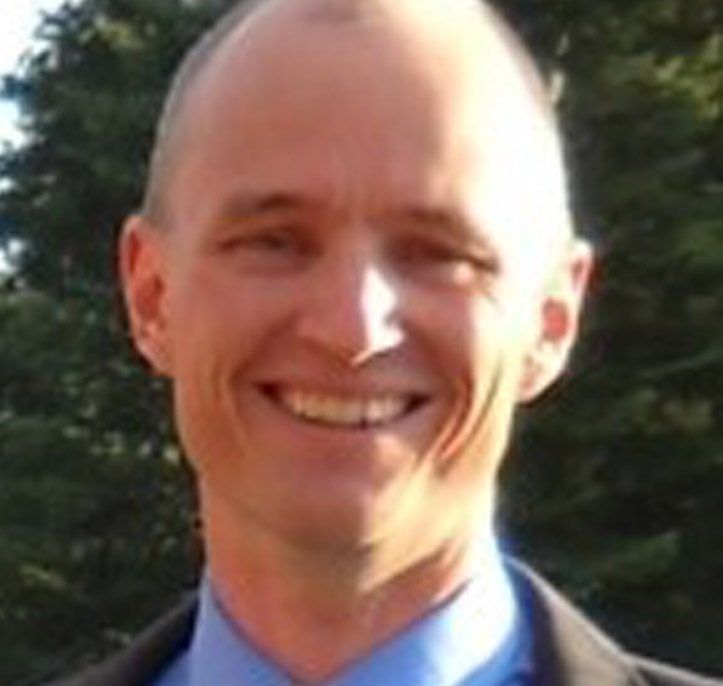
Kyle Dacey,
Chemco Inc.
Soluble Carbon-Iron Product for In-Situ Remediation of Groundwater
- Bio |
Kyle Dacey
Mr. Dacey holds a Honours Bachelor of Science Degree in Microbiology from the University of Guelph. Early experiences as an applied researcher and analyst, in private R&D, and production laboratories led to more than 14 year in the design, implementation, and management of soil, vapour, and groundwater remediation projects. As Senior Account Manager with Chemco Inc., Mr Dacey supports the remediation market by assessing site specific conditions and advising upon the technical and economical merits for the design and implementation of on-site treatment approaches involving chemical and biological technologies. He further supports the market by co-ordinating the logistics of safely supplying the products and equipment necessary for on-site applications.
Soluble Carbon-Iron Product for In-Situ Remediation of Groundwater
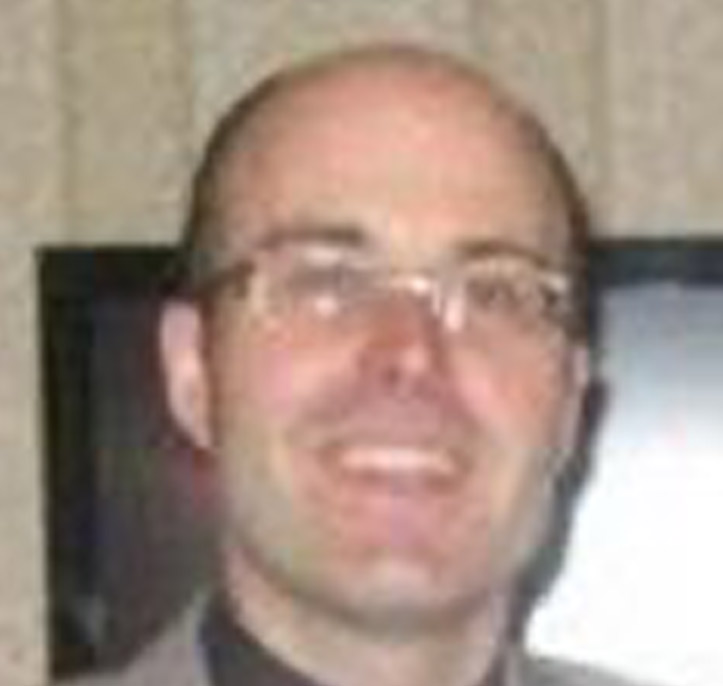
Scott Barker,
TOTERRA Remediation
Using Environmental Fracturing to Achieve Sustainable Remediation in Difficult Lithologies
Scott Barker
Scott Barker is VP International Business Development and a Principal at TOTERRA Remediation Ltd., with offices in Burlington, ON, Calgary, AB, Dallas, TX, and Berlin, Germany. He earned a Bachelor of Science Degree in Chemical Engineering, with a specialization in Biochemical and Environmental Engineering, at Queen’s University in Kingston, ON and a Master of Business Administration Degree at the Ivey School of Business, Western University. Scott has extensive experience in the application of environmental technologies, water treatment, chemical formulation and distribution, waste management and resource recovery. Prior to joining TOTERRA, he held senior operational and leadership roles with Newalta Corp. and Toyota Tsusho. His current focus is on expanding the delivery of TOTERRA’s In Situ remediation, 3D subsurface mapping, and landfill gas production/recovery enhancement services in Canada, the U.S., and Europe.
Using Environmental Fracturing to Achieve Sustainable Remediation in Difficult Lithologies
The effectiveness of commonly used in situ approaches to site remediation in North America, and indeed much of the world, can be seriously undermined by a site’s inherent lithology. As a result, site remediation practitioners around the world are increasingly turning to environmental fracturing as a means of increasing contact area in the subsurface; contact area in a “typical” fracture-enhanced well in low K soil is usually 600 to 1,000 times greater than that of a conventional well in the same soil. This presentation examines the evolution of environmental fracturing technologies to address these limitations and provides practitioners with a guide to the application of environmental fracturing, based on 17 years of project experience in jurisdictions ranging from across North America to Europe, Africa, and Asia. Following an introduction of the technical history of, and the geotechnical and economic justification for, environmental fracturing, including a review of both hydraulic and pneumatic variations thereof, the presentation highlights a series of project “vignettes” from various environmental sectors (oil and gas, brownfield developers, superfund sites, etc) to showcase the integrated and synergistic use of innovative fracture-enhancement techniques for attaining sustainable and cost-effective remediation. Physical, biological and chemical (reductive and oxidative) treatment technologies are showcased in the context of both subsurface extraction and delivery techniques to optimize contact with contaminants for their conversion to innocuous and natural end products. Examples of remediation technologies in challenging geologic settings and operationally constrained sites are provided to showcase their versatility and small site profile. Complimentary remedial verification tools are introduced to validate and confirm the effective treatment of subsurface soil and groundwater contaminants to achieve remedial goals. The implications of the application of environmental fracturing within the remediation industry are assessed in the context of cost benefits for site owners, efficacy gains for owners’ engineers, and enhancing environmental sustainability for communities.